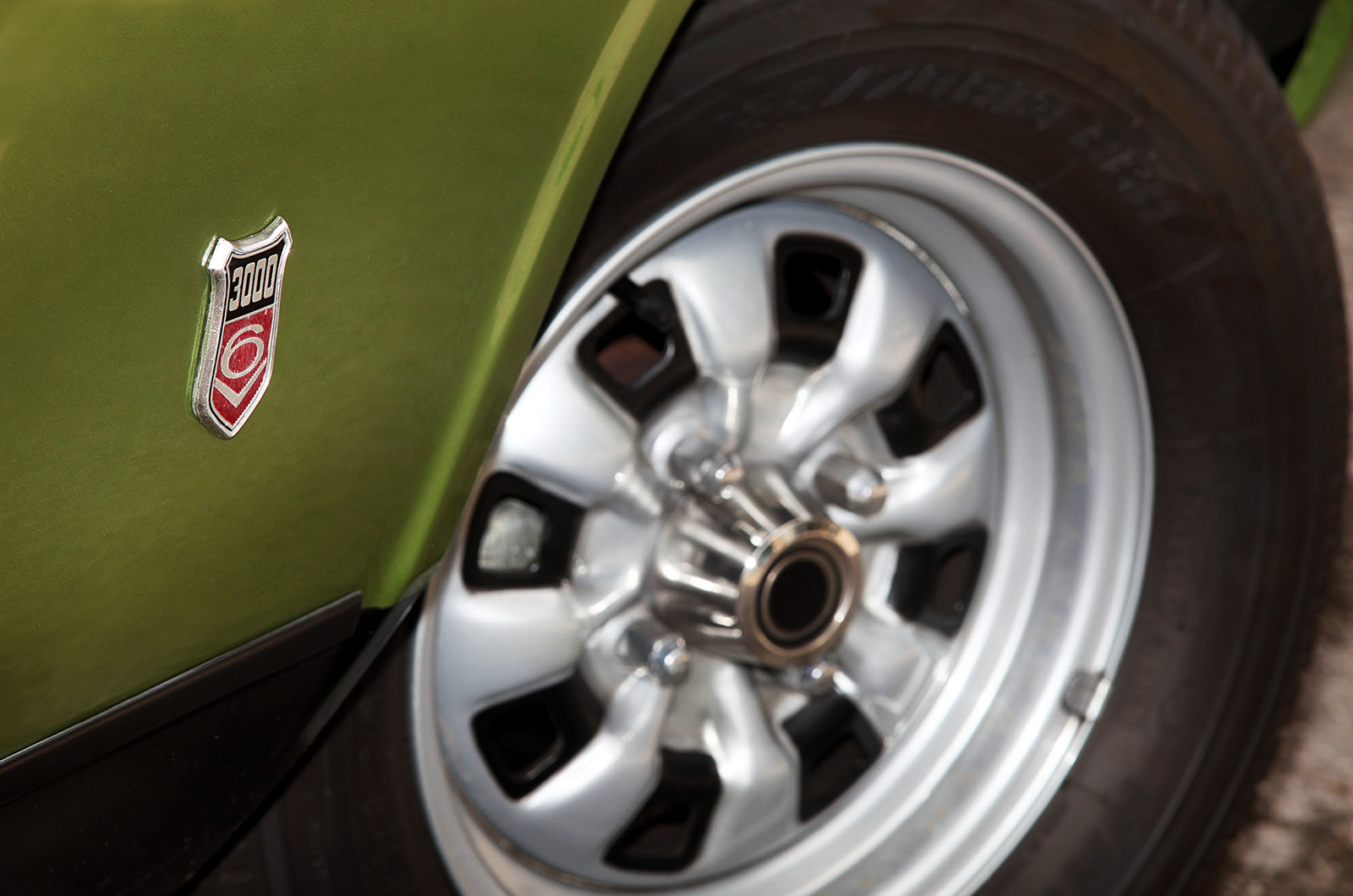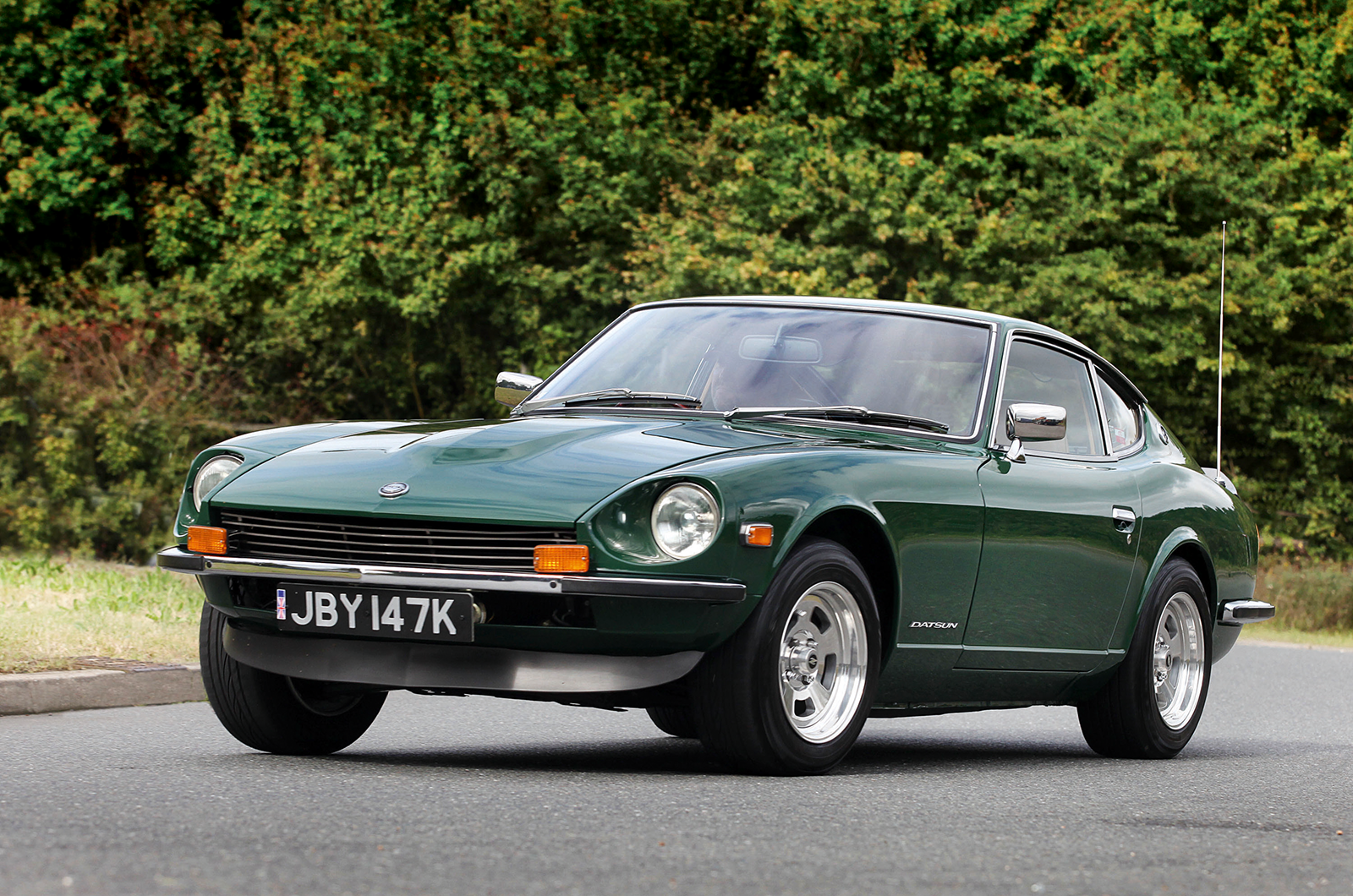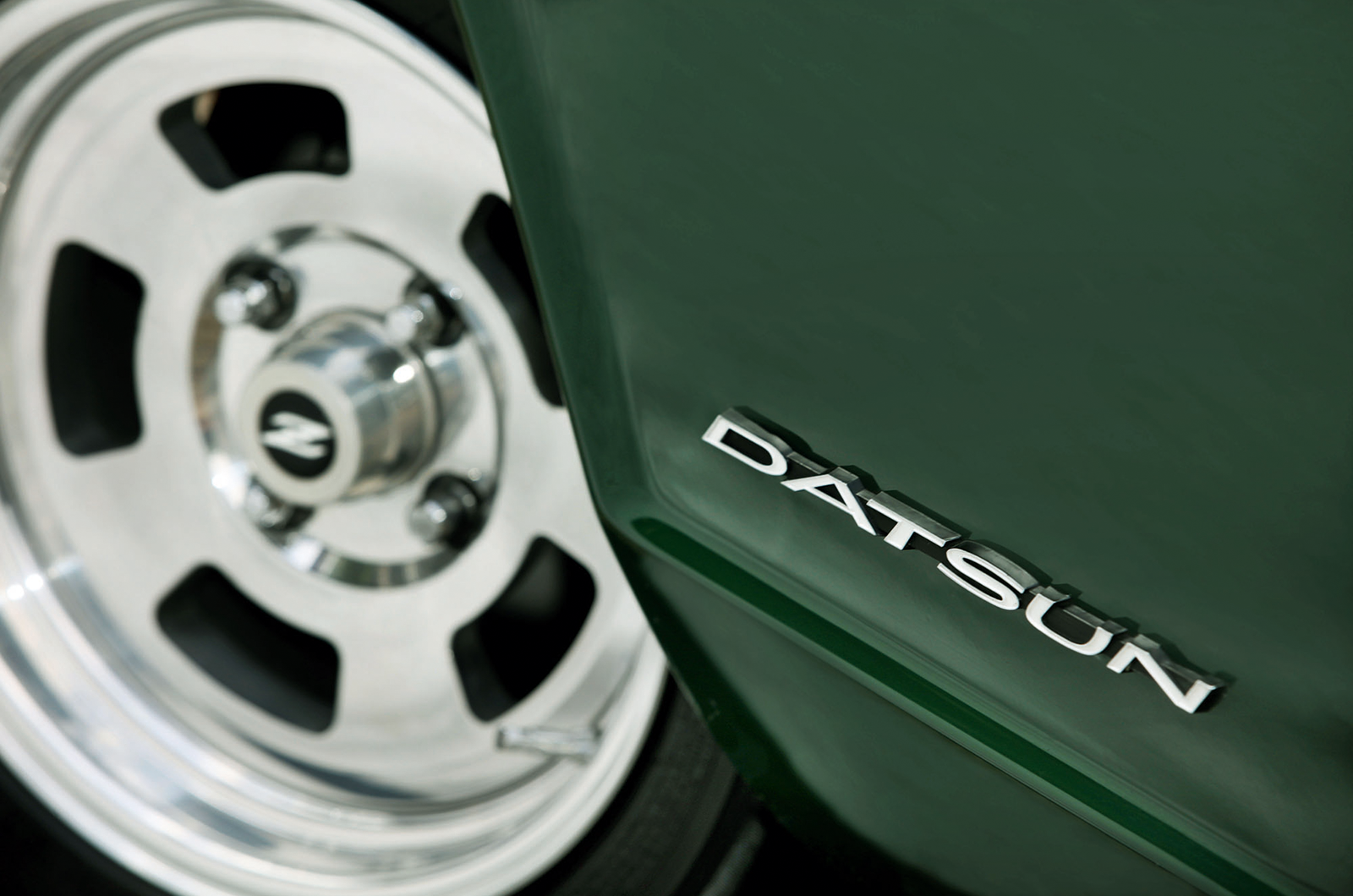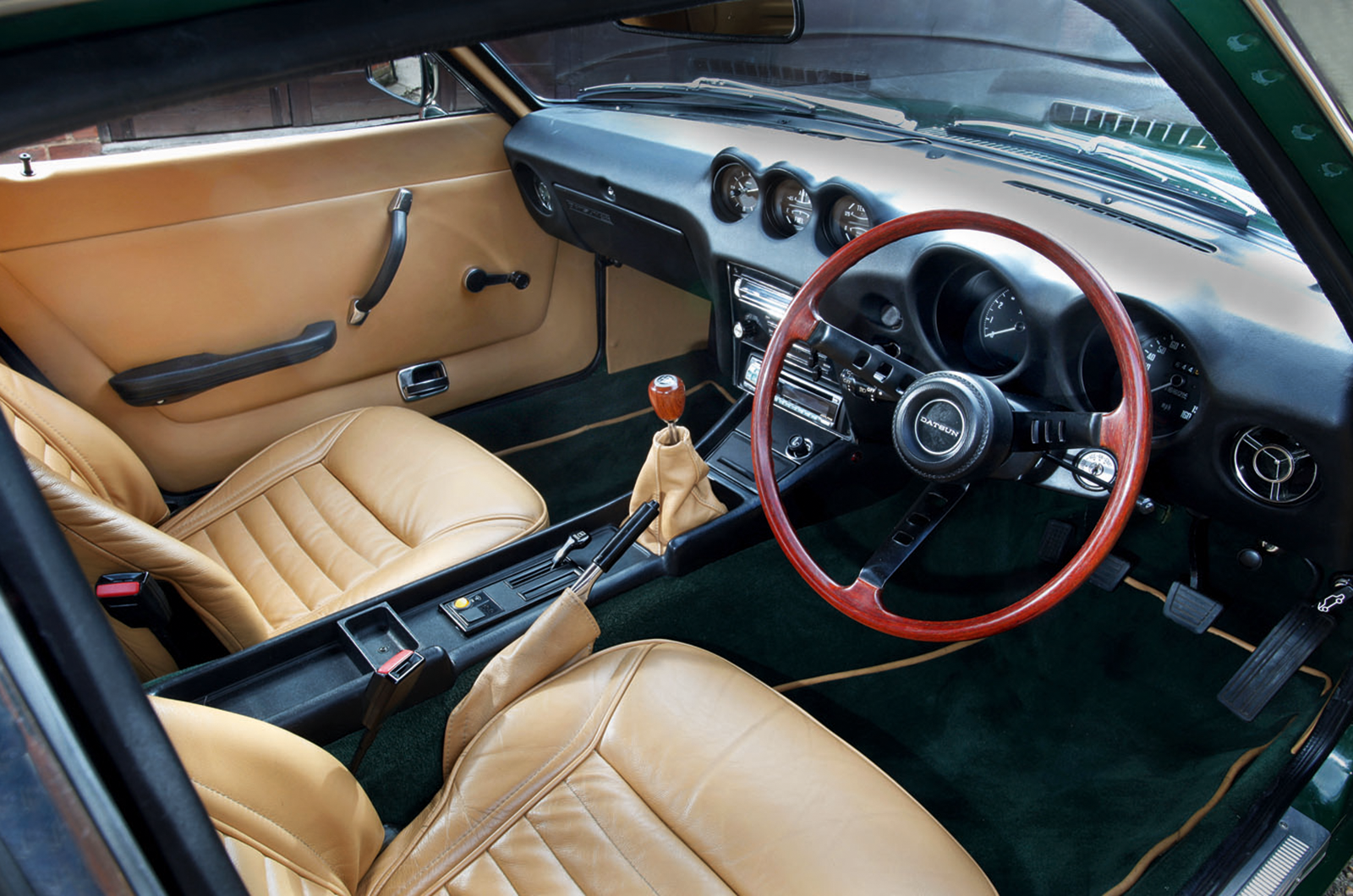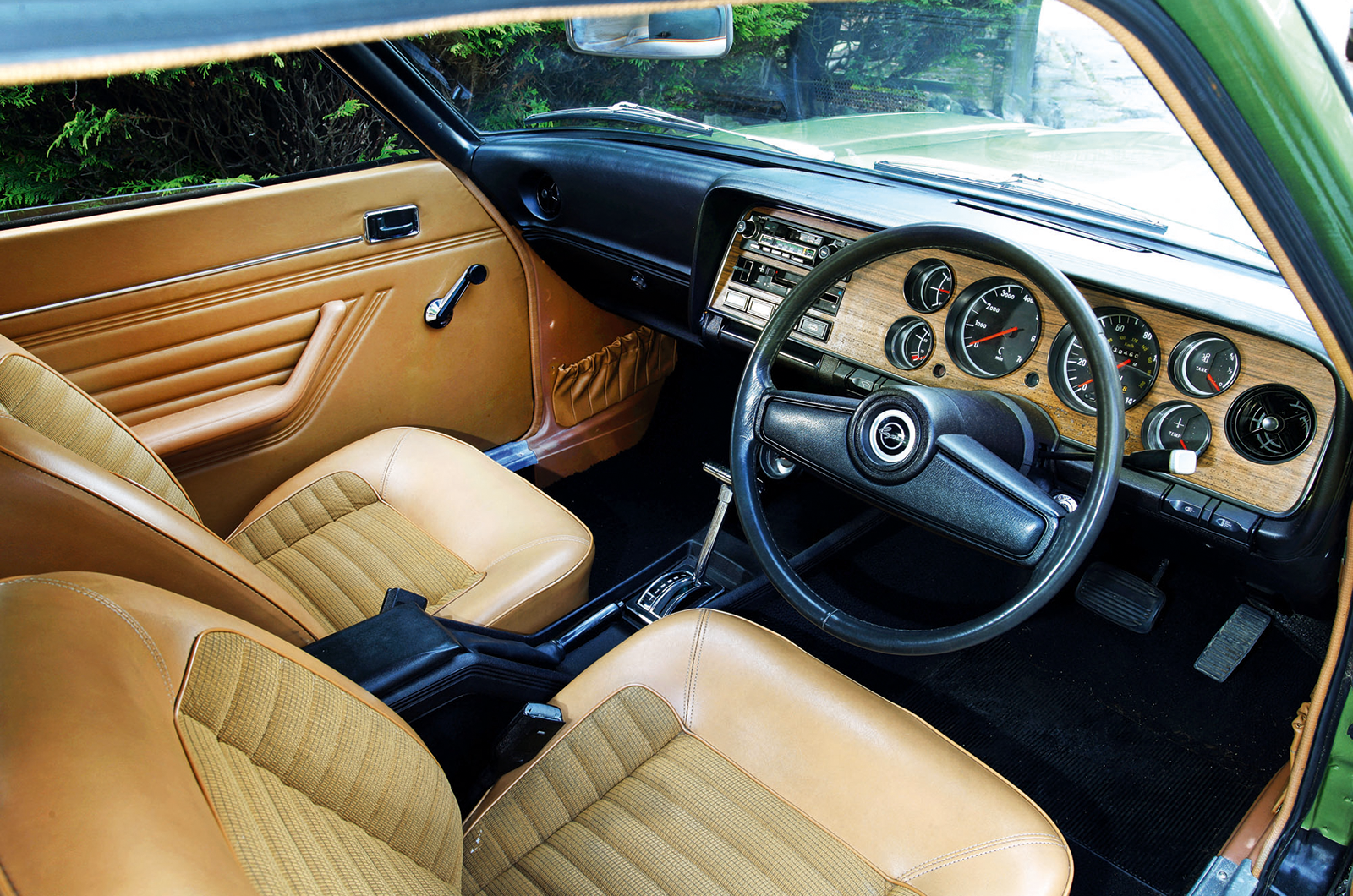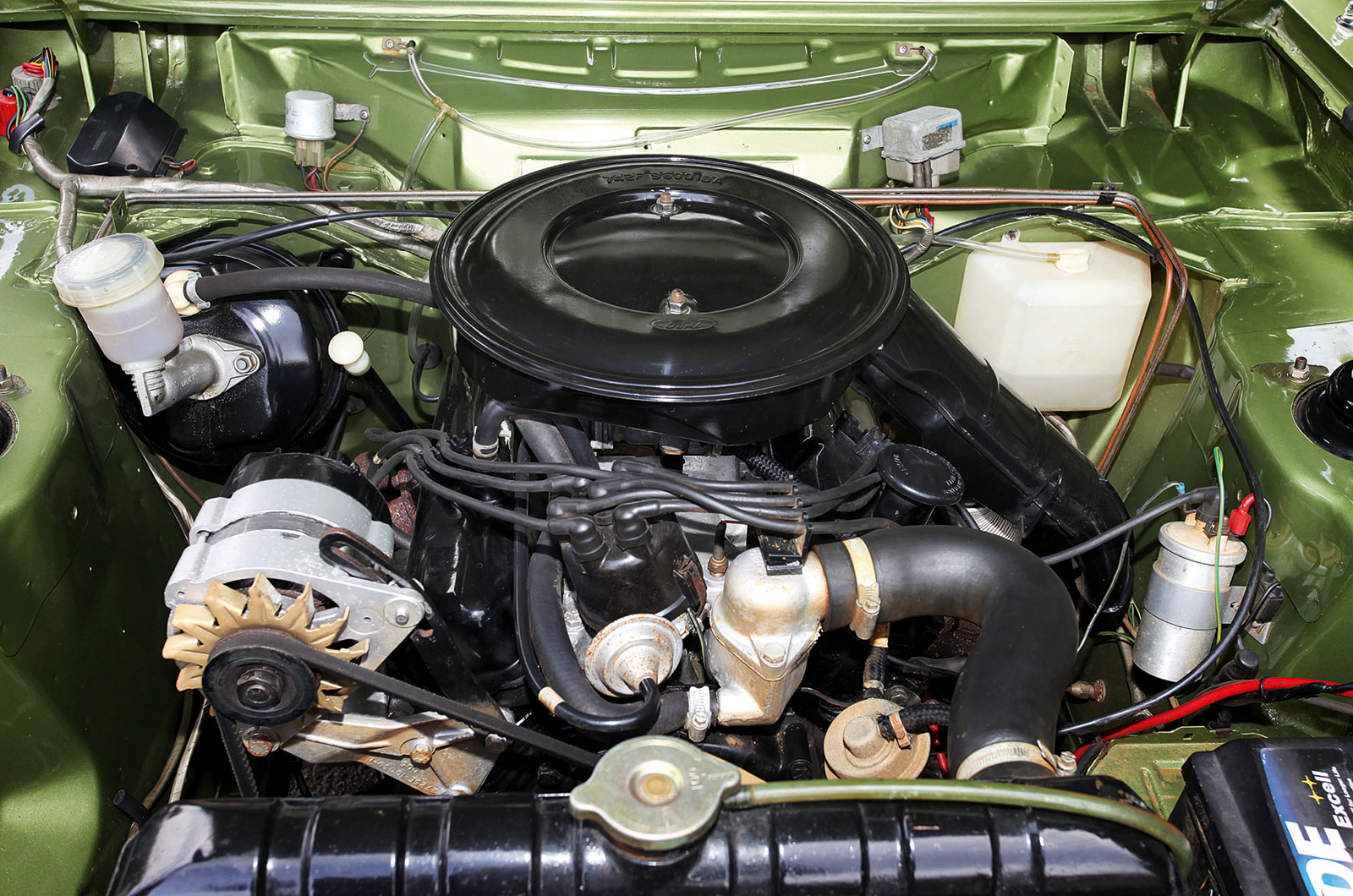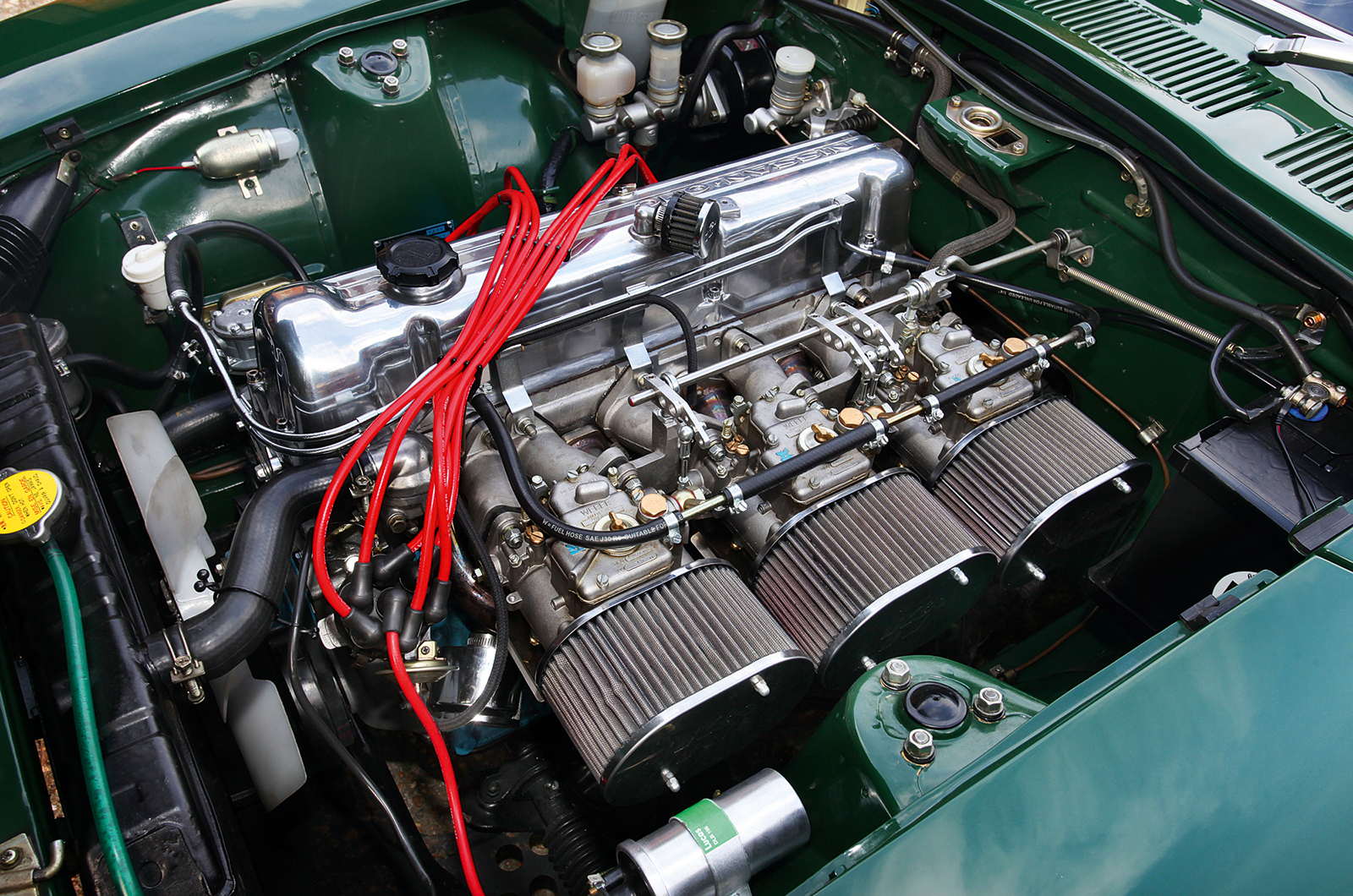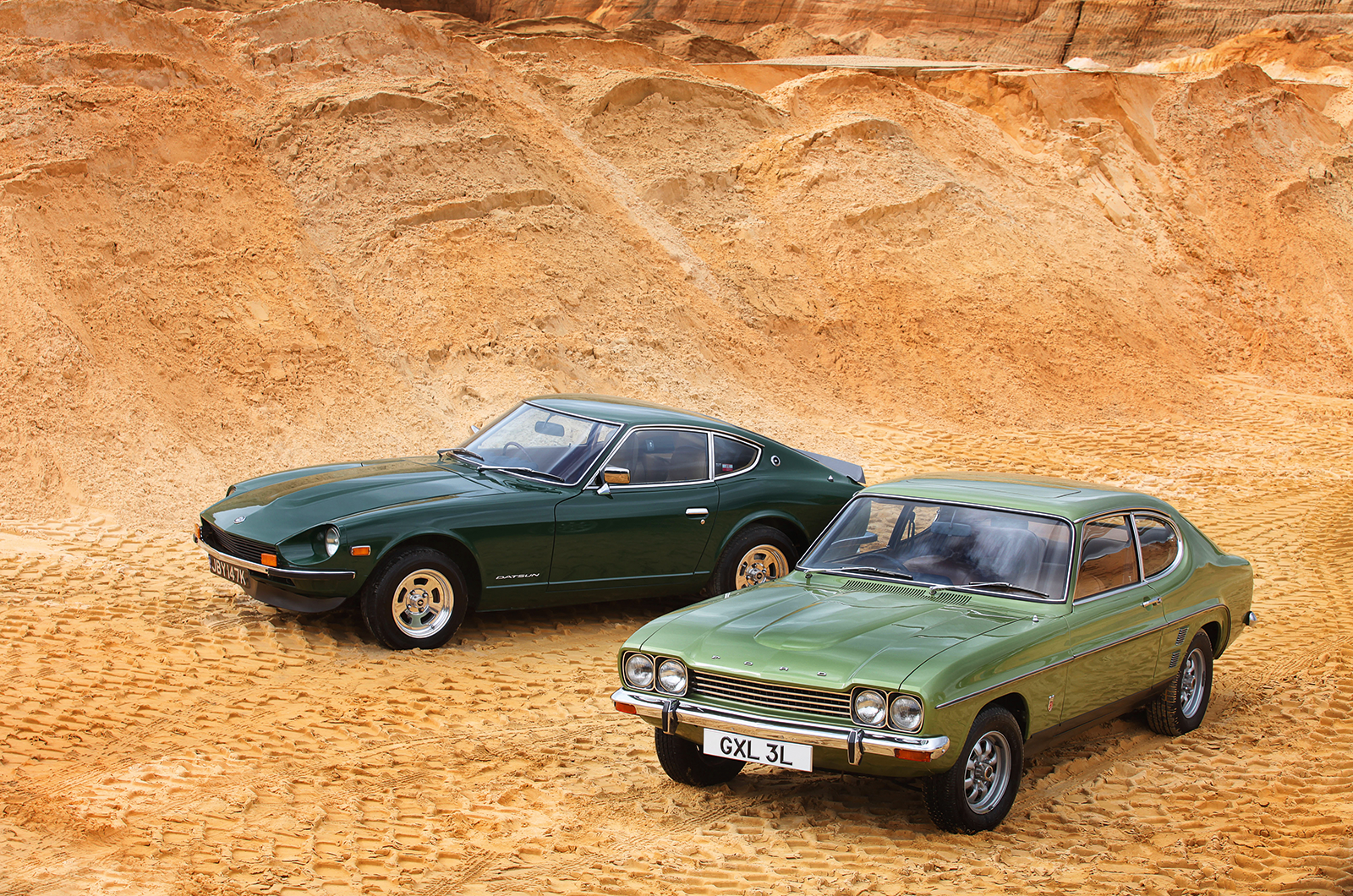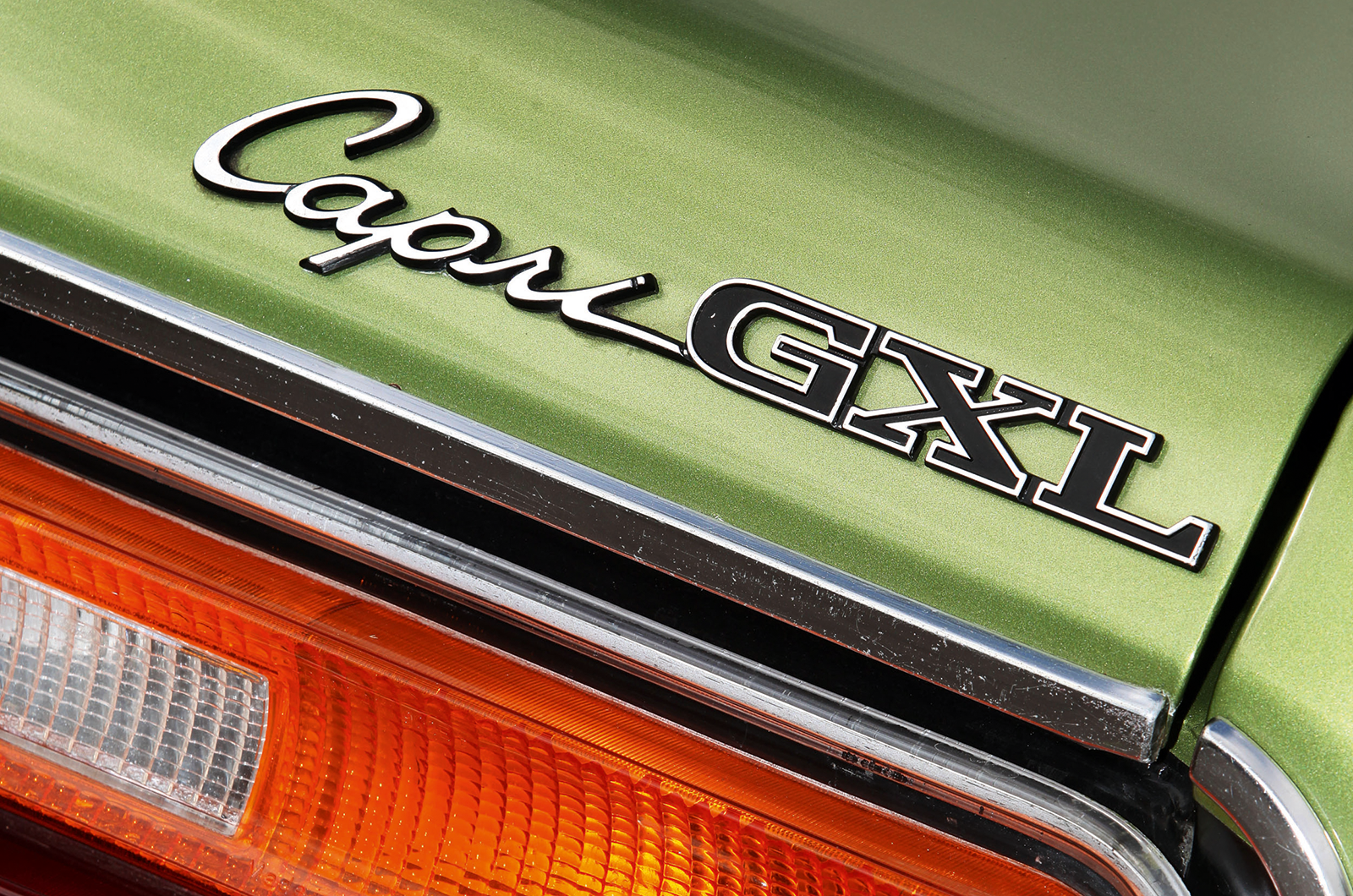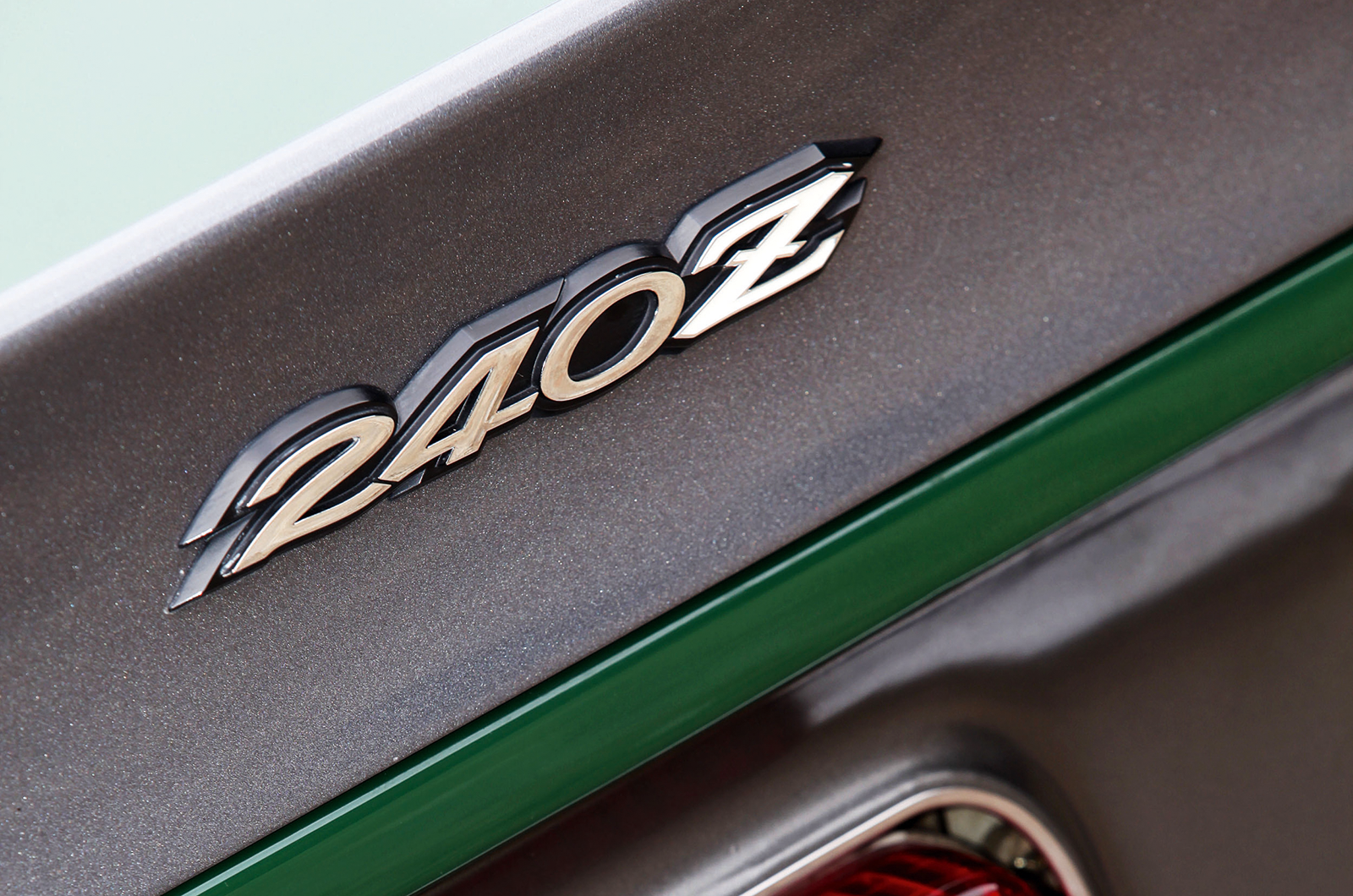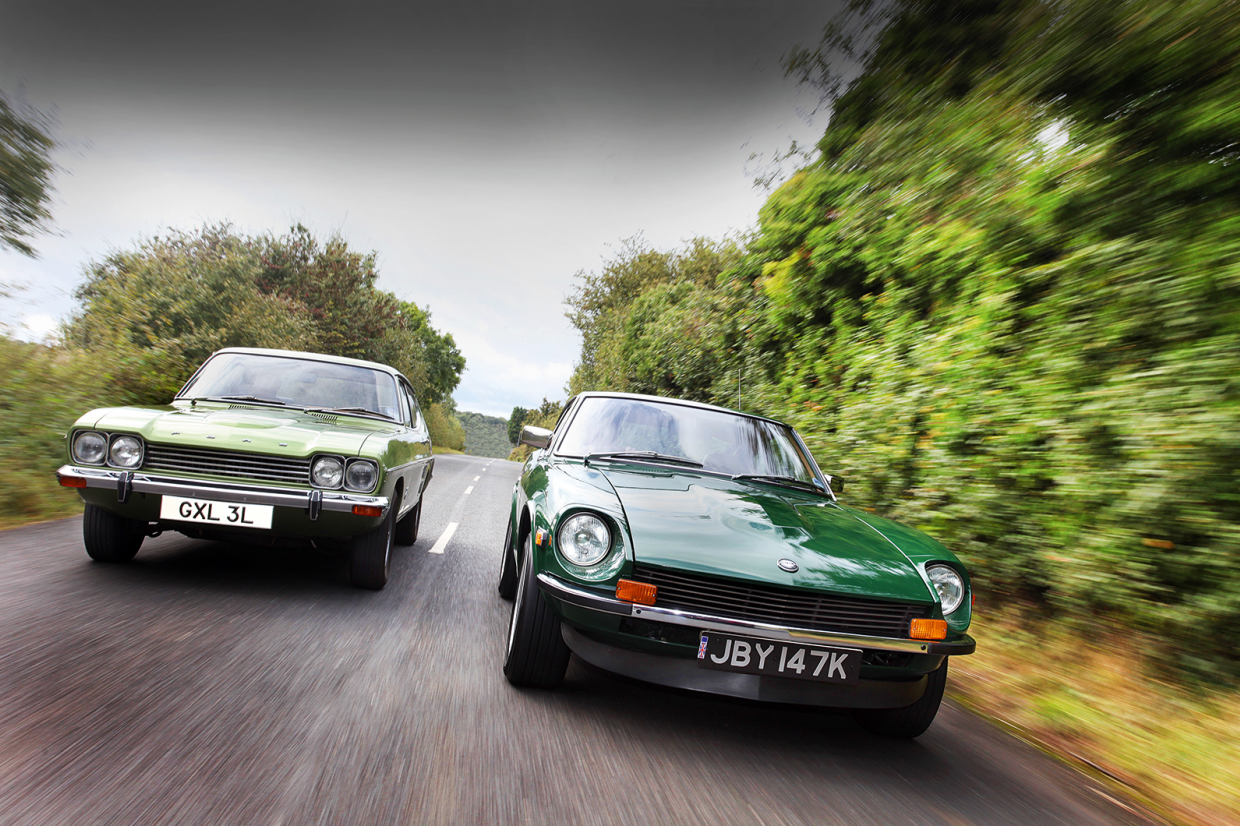
The Datsun 240Z and Ford Capri must have looked very attractive in the wilderness of 1969, two years after the Big Healey had ceased production and 12 months after the demise of the MGC.
By the time the ageing Healey 3000 MkIII gained wind-up windows, separate-chassis designs were passé and expensive to build, and car makers had successfully been getting more experimental with folded metal.
So you can have sporty looks, gruff six-cylinder power and a few creature comforts – including a steel roof? Go on, you know you want to.
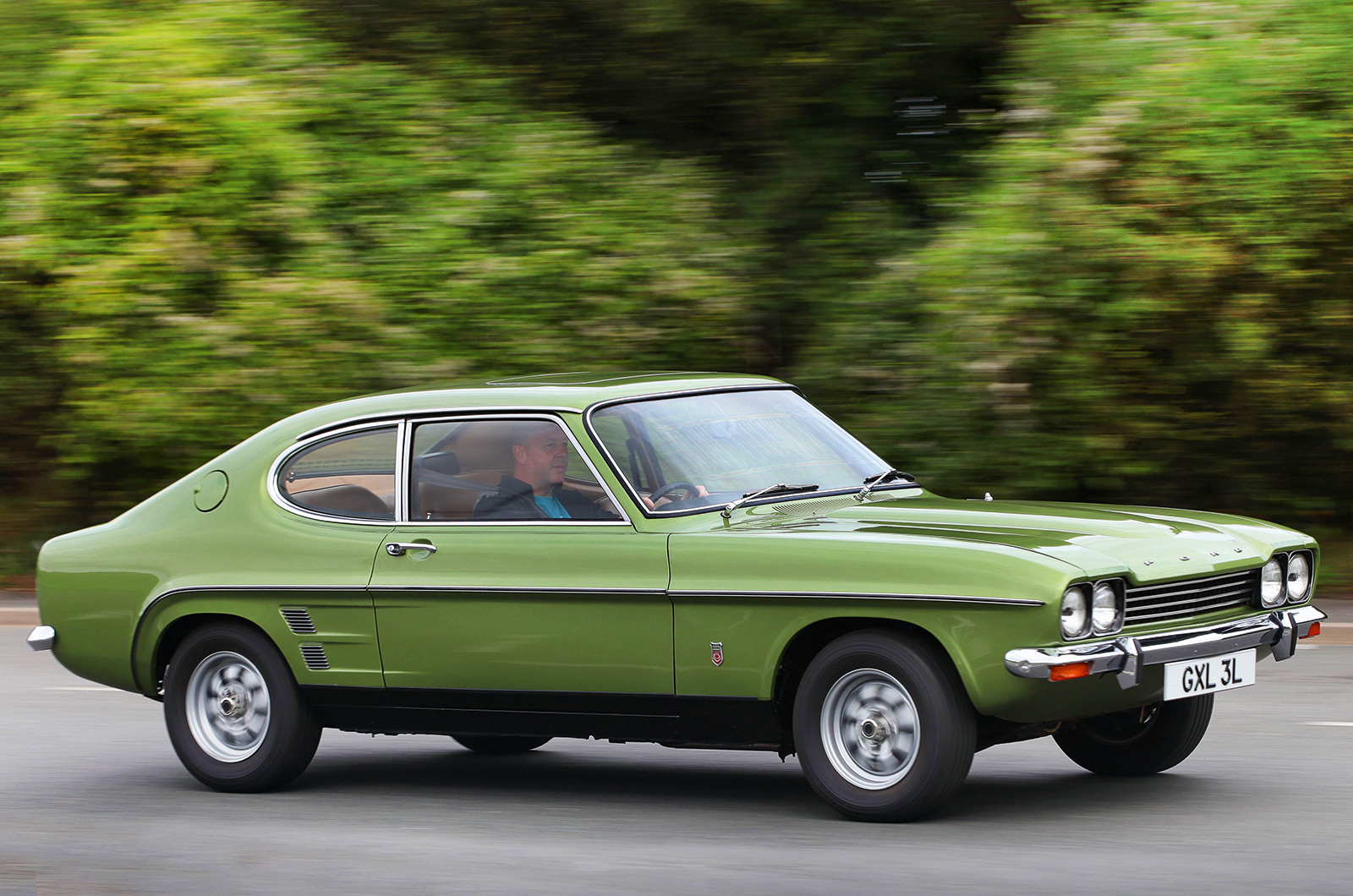
The Capri’s styling was an Anglo-American effort
Though the original Z was a two-seater, the Capri plugged the gap as a natural Big Healey replacement, succour for the middle-aged bloke who couldn’t keep it in his trousers, and for whom a hardtop was a bit of light relief.
With the exception of Peugeot, which has always offered elegant coupé versions of its saloons and hatches, few of the bread-and-butter manufacturers have attempted a standalone glamour model, a ‘personal coupe’ as the Americans liked to call it.
For Ford, the Capri was a no-brainer: an attempt to recreate the roaring success it had enjoyed with the Mustang on the other side of the Atlantic.

